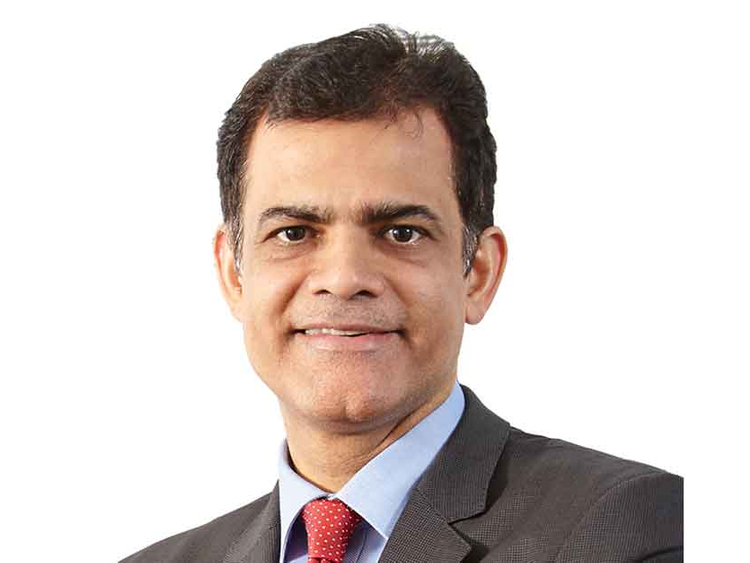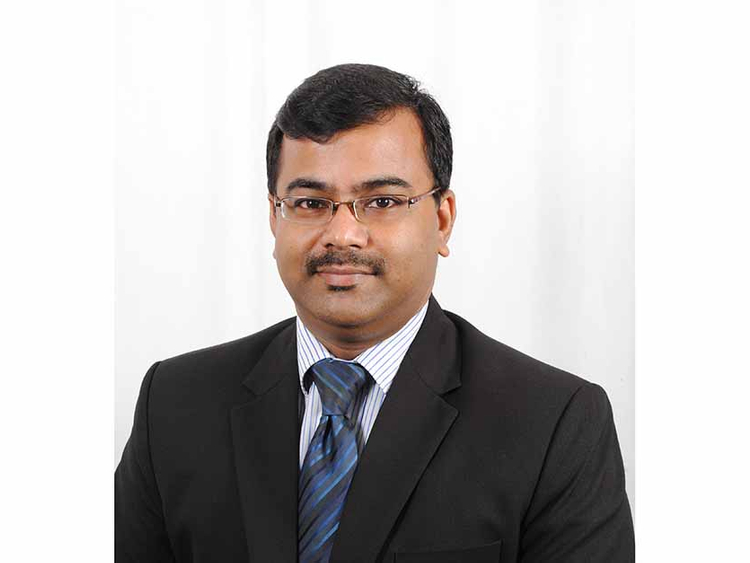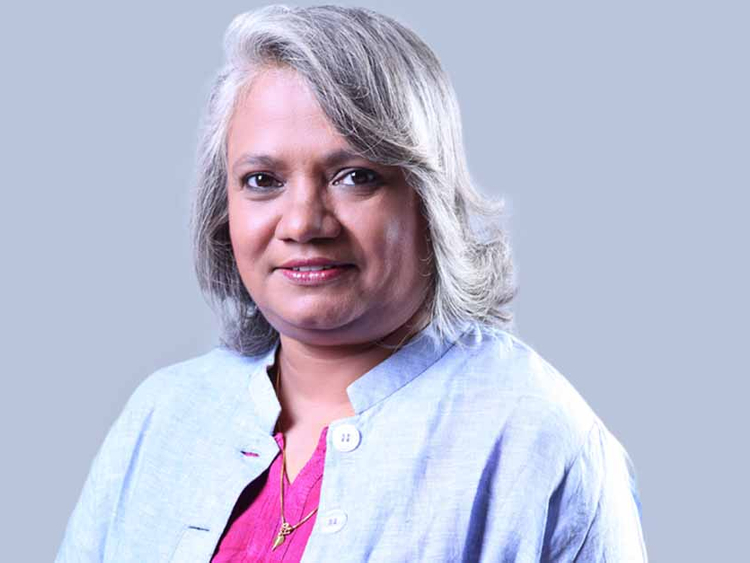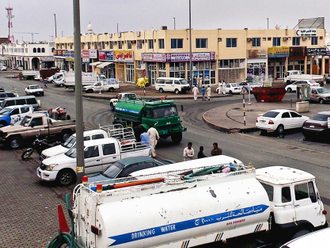
The real estate sector in India has started showing signs of recovery, following a period of weak growth in 2017 owing to the initial effects of demonetisation and the implementation of the Goods and Services Tax (GST).
Based on market predictions, we can expect the sector to overcome some of its challenges and move towards a far healthier horizon later this year and next year. An India Brand Equity Foundation (IBEF) report highlights that the Indian real estate market is expected to touch $180 billion (Dh661 billion) by 2020, with the housing sector expected to contribute around 11 per cent to the country’s GDP. GN Focus speaks to experts to track property hotspots for investment with potential for high capital growth.
West India
Mumbai Metropolitan Region (MMR) and Pune in west India have emerged as the most favourable investment hotspots in recent times. “MMR realty market has gained significant momentum over the past few quarters, with both sales and new supply increasing quarter-on-quarter,” says Anuj Puri, Chairman, Anarock Property Consultants.
“As per our data, out of the total new supply of about 50,100 units across the top seven cities, including the national capital region, MMR, Chennai, Bengaluru, Pune, Kolkata and Hyderabad, in the second quarter of 2018, MMR saw maximum new launches with nearly 13,600 new units entering the market.”
Meanwhile, the new supply of housing in Pune has taken a quantum leap of 214 per cent in this quarter. “The second quarter of 2018 saw the launch of approximately 6,900 new units as against merely 2,200 units in the first quarter. On the sales front, the city witnessed 24 per cent increase in housing sales in the second quarter over the preceding quarter. Interestingly, the maximum launches in both these cities were in the affordable segment with a unit worth less than Rs4 million.”
A spate of policy reforms and schemes announced by the central government over the past few quarters to benefit and boost the affordable housing segment has evidently resulted in increased new affordable housing supply as well as demand, suggests Puri.
South India
Bengaluru has always been a favoured destination for non-resident Indians (NRIs) looking to invest in residential realty. With proximity to both the airport and the city centre, Hebbal is one of the most esteemed neighbourhoods for investors. Kanakapura Road is also drawing significant investments from buyers for its easy access to Nandi Infrastructure Corridor Enterprises Road and employment hubs such as Electronics City and Sarjapur Road. “Upcoming Metro connectivity via Green Line will further enhance connectivity to Kanakapura Road,” says Shantanu Mazumder, Senior Branch Director — Bengaluru, Knight Frank India.
“Though Yeshwantpur, another popular hotspot, has witnessed a negative price trend in the past 12 months, enhanced connectivity to the city centre by Metro rail, large commercial and mixed-use developments and upcoming commercial and residential development pipeline of Grade A developers bode well for this location,” adds Mazumder.
Meanwhile, Chennai has witnessed a considerable number of property transactions in the past few months. New unit launches stood at 4,418 in 2017, with about 45,000 units under construction, a recent report by Anarock points out. Rajiv Gandhi Salai (formerly Old Mahabalipuram Road), Perumbakkam, Porur, East Coast Road and Pallikaranai are among the most preferred micro markets, with residential property prices hovering in the range of Rs3,500-Rs8,300 per square foot.
Hyderabad has also enjoyed growth in property prices in the past couple of years, with the southern metropolis emerging from the shadows of the political turmoil of over a decade.
“Metro rail is a major driver for growth in Hyderabad and most buyers are assessing the future potential [based on] the proximity to metro stations,” says E Jayashree Kurup, Head of Content and Advice at property consultant Magicbricks.com. “Key residential sectors for investments include Appa Junction, Abids, Narsingi and Nanakramguda. When it comes to property prices, Rs5 million-Rs8 million is the city’s sweet spot, but there is also demand for apartments priced upwards of Rs12 million.”
While commenting on Kerala’s investment scenario, Kurup says the southern state’s investments are primarily focused on the commercial capital of Kochi and Aluva, which are close to the airport as well as the Kakkanad IT hub.
“Buyers are mostly NRIs who purchase property as mere investment and are bullish about the growth of the IT sector. Even the capital city of Thiruvananthapuram with its IT park has seen reasonably good offtake of residential properties. An average apartment in a safe neighbourhood with all the amenities costs between Rs6 million and Rs15 million. Cheaper apartments from local developers are also available between Rs4 million and
Rs6 million.”
North India
When it comes to investing in apartments in northern states, Gurugram (Gurgaon) in Haryana, and Noida and Greater Noida in Uttar Pradesh are the top choices, says Puri. Gurugram saw the launch of nearly 1,150 units in the second quarter of 2018, while Noida and Greater Noida together saw new supply of about 4,500 units.
“Interestingly, the new supply in both these regions saw a drop in the second quarter. However, the sales numbers tell a different story. While Gurgaon saw a 20 per cent quarter-on-quarter rise in housing sales, Noida and Greater Noida collectively saw a 25 per cent increase in the second quarter.”
Like other key markets, most developers in north India are also consciously launching projects aligned to the affordable price brackets to garner maximum traction with homebuyers and avoid demand-supply mismatch, adds Puri.
East India
Kolkata in eastern India has been a safe haven for investors with significant improvements in leasing activity further strengthening buyer confidence. While New Town and Tollygunge are the top choices for affordable units, the all-time favourite Alipore Road with the most expensive properties in the city is still in demand.
“While units are available in the price range of Rs2 million-Rs5 million, those priced up to Rs7.5 million are mostly in demand and supply,” says Kurup. “Premium expensive apartments of higher prices are, however, few and far between and the demand is also limited.”
The investment market in Patna has seen a big boost after its Real Estate Regulation and Development Authority became active and visible.
“The city has started showing impressive sales,” says Kurup. “Places such as Kankarbagh, Nala Road and Bailey’s Road with apartments in the Rs5 million-Rs8 million range are currently drawing the attention of buyers. Peripheral areas of Patna are also offering flats in the Rs2.5 million-Rs3.5 million range.”
Bhubaneshwar, Odisha’s capital, has also consolidated its position as an investment hub owing to the city’s robust planning structure. “You can get quality apartments in Khandagiri, Kalarahanga and Kalinga Nagar in the Rs2 million-Rs5 million range,” says Kurup. “Premium properties valued between Rs8 million-Rs 12 million are available in localities such as Nayapalli and BJB Nagar.









